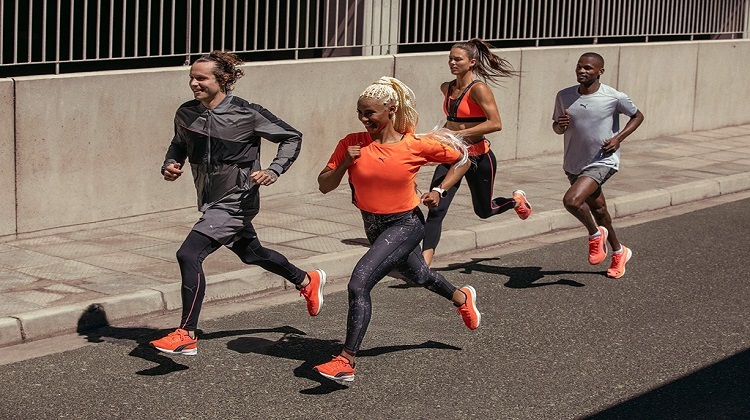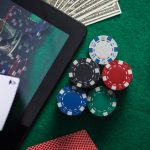Do you exercise regularly? Then you know that without the right shoes you can’t do it. Literally “everything stands up” and bad shoes can make training that much more unpleasant. Which are the best for a safe and comfortable exercise?
Do you invest in your health by regularly visiting a gym, or doing gymnastics? Excellent! You will always get such an investment. But take care of the health of your basic pillars: Your feet and, in fact, your entire legs. The right shoes will make training much easier and more enjoyable, just as the wrong shoes will make you feel very uncomfortable.
Bad shoes can lead not only to blisters and pressure ulcers, but also to stress fracture, sprained ankle, knee injury, strained Achilles tendon, and other issues.
Each training shoe must meet three criteria:
- Resistance and durability: The shoe must keep the ankles firm, so it must be strong both in the lateral area and in the heel. The best option is the shoelace, which you tighten as needed.
- The right sole: The sole of the exercise shoe should be non-slip and elastic to accommodate all movements (such as lunges, running).
- The right size and shape: Pay special attention to size selection. Measure your foot in a specialized store, or look it up and determine the size according to the length of the insole. If you suffer from any problem with your feet, such as flat feet or other ailments, don’t worry. Running shoes are made for your foot, just ask the retailers.
It is necessary to try on the new balance 574 shoes properly. If you order through the e-shop, don’t be afraid to return them if they don’t fit. If you visit a physical store, consult a specialist: The seller and leave your shoes on your feet for a few minutes, try jumping, squatting, lunging. All movements must be comfortable.
What Is The Best Brand For Training Shoes?
There are a thousand foot shapes, a thousand types of shoes and each one feels completely different. It depends on your personal preferences. Training shoes today are made in all kinds of designs and you will definitely choose one that is functional and healthy and that you like at the same time.
Investing in sneakers will pay off
High-quality training shoes are more expensive, but it’s worth giving more than dealing with musculoskeletal problems or buying new ones every six months because the old ones have broken or worn out.
In Which Shoes Will You Not Go Wrong?
- Lifestyle sneakers. Leisure shoes are made for walking at a moderate pace somewhere in the city. They are not reinforced or paved. Can you imagine doing squats with those shoesor jumping on the box can cost you ankles, knees or instep bone fractures.
- Running shoes. Although this is a slightly better option, unfortunately it is still not entirely appropriate. Running shoes are, as the name suggests, specially adapted for running. They have a different springy sole, different support, and are reinforced in different places than required for a training shoe. They may have a sole that will slip during exercise at the gym. Also, running shoes are bought slightly larger (because of the space in front of the toe) and this is not desirable for exercise shoes.


